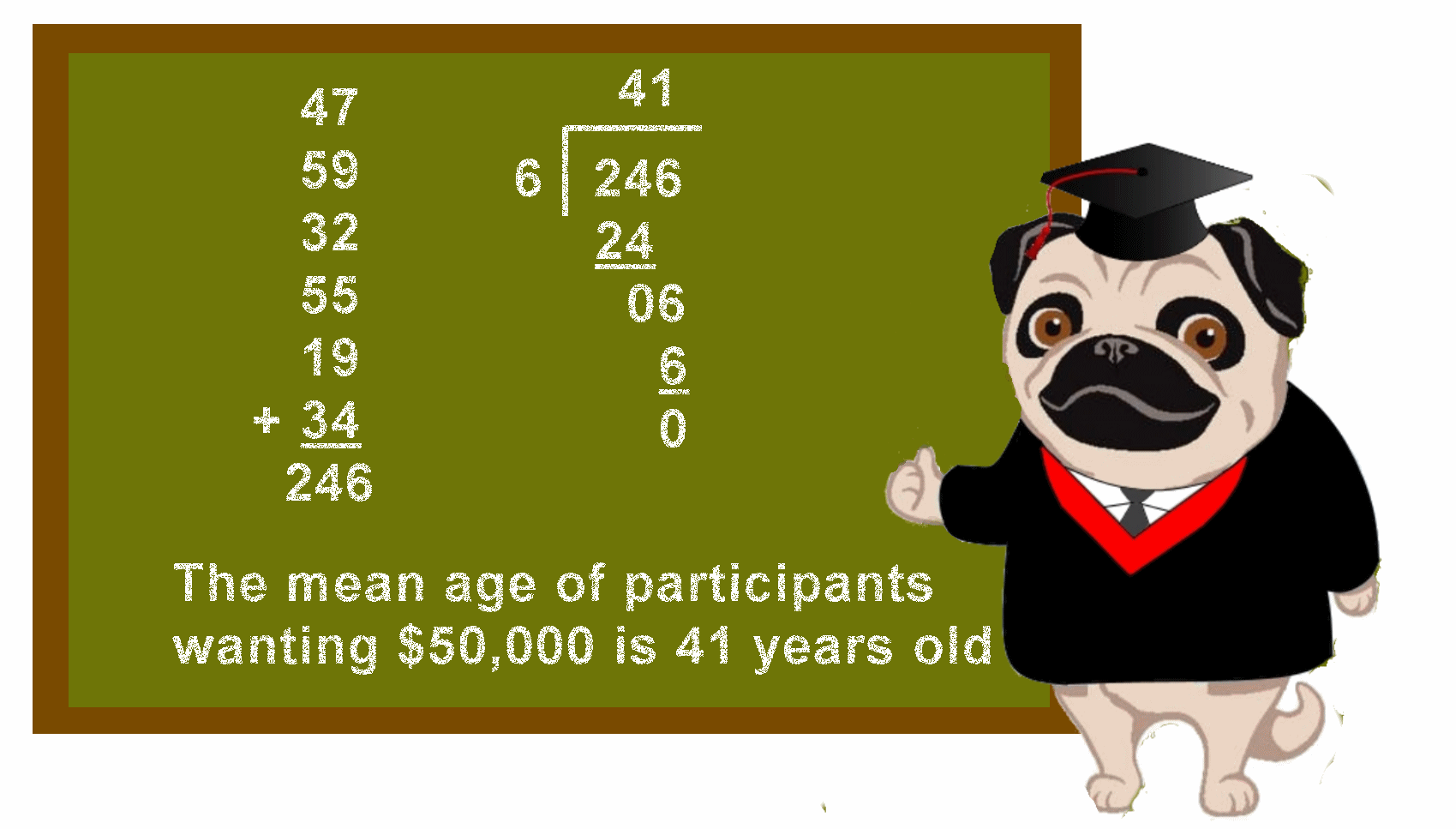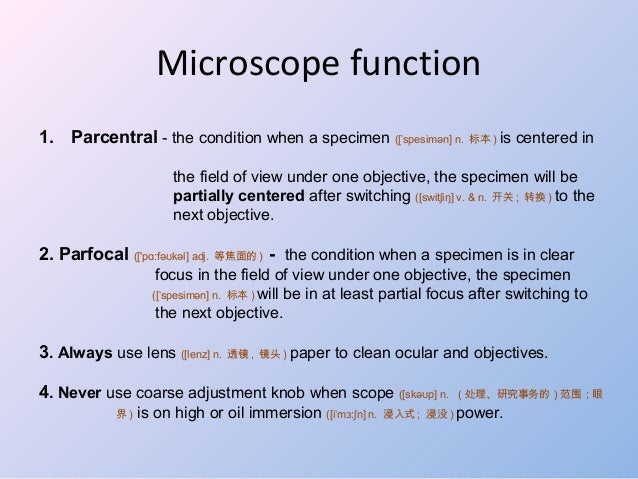All submitted papers are subjected to strict single blind peer reviewing process. The Journal is committed to publishing manuscripts via a rapid, impartial, and rigorous review process. Manuscripts are evaluated on the basis that they present new insight into the investigated topic and are likely to contribute to research progress or a change in clinical practice. It is understood that all authors listed on a manuscript have agreed to its submission. The signature of the corresponding author on the letter of submission signifies that these conditions have been fulfilled.
Received manuscripts will initially be examined by the JAR editorial office and those deemed to have insufficient grounds for publication may be rejected without external evaluation. Manuscripts not prepared in the advised style described below will be sent back to authors for correction. The authors will be notified with the reference number once the manuscript has been assigned to an Editor.
Under Review Meaning In English The assigned manuscripts will be sent to 2-4 independent experts for scientific evaluation. Any such submission is subject to all of the journal's usual procedures, with peer review handled independently of the relevant editor and their research groups. Registered Reports are primary research articles in which the methods and proposed analyses are peer reviewed prior to conducting experiments, data collection or analysis. The PLOS ONE publication criteria apply to Registered Reports as they would to any other research submitted to the journal, but the peer review process is slightly different. Assessment takes place in two stages and, if accepted, results in two linked publications. During the peer review process you will know the authors' names, but your name will not be shared.
Your review will appear in the editorial decision letter where it can be read by the authors and other reviewers. It's becoming more common for journals or the corresponding author to make a preprint version of your journal submission available to read. After you receive reviewer comments and have submitted a revised manuscript, then this revision may then also be made available in an early sharing format. Following the final decision, the accepted manuscript should be the publication version that replaces the previous versions of the submission that were made available as preprints.
This is one of the reasons why the peer review timeline can sometimes be so variable. Keep manuscripts and correspondence confidential and do not share information about submissions with any one else unless previously agreed with the editor. We expect that reviewers will not make use of any material or take advantage of any information they gain through the peer review process. Your What is meaning of under review images are available. What is meaning of under review are a topic that has been searched for and liked by netizens now. You can Find and Download or bookmark the What is meaning of under review files here.
Use this section to declare any potential or perceived competing interests. You'll also have the option to list anyone who collaborated with you on the peer review, and indicate whether you think the submission should be highlighted on the PLOS ONE webpage if it goes on to be published. This will not play any role in the editorial decision-making process or be shared with the authors. You can choose to sign your name to your review when you submit it.
Remember, if you sign your name the authors and other reviewers of the manuscript will see it. If the authors choose to publish their peer review history your name will accompany your comments alongside the published article. So I ask how a paper takes long time like that for the review process and usually the editors when they invite a reviewer, they ask him to finish the review process within 3 weeks. What the best way to resolve a problem like that, withdraw the paper or just submit to another journal?. The editors in meetings always talk about unethical behavior of authors and never talk about their unethical behavior on authors and during the publication process.
When the status of your manuscript changes to under review, this means that it has passed the initial editorial checks. The journal has confirmed that you've uploaded and submitted the correct documents and that the content of your paper is relevant to your journal. The status of under review means that the paper has been sent to external expert reviewers and your paper is now being assessed by them. The editors and PLOS staff will not change any reviewer comments that are intended for authors to read, except with reviewer approval prior to the decision letter being sent. For example, we may request changes if language is deemed inappropriate for professional communication, or if the comments contain information considered confidential, such as competing interest declarations.
A motion picture review is a work of film criticism addressing the merits of one or more motion pictures. Generally, the term "movie review" implies a work of journalistic film criticism rather than of academic criticism. Such reviews have appeared in newspapers and printed periodicals since the beginning of the film industry, and now are published in general-interest websites as well as specialized film and film review sites.
Television programs and other videos are now commonly reviewed in similar venues and by similar methods. However status descriptions vary across journals and some journals also use the status under review. If the reviews are weak or conflicting and the editor feels that heshe is unable to take a decision on your paper based on the reviews heshe can send it. Your What is meaning of under review image are ready in this website. What is meaning of under review are a topic that is being searched for and liked by netizens now. You can Download or bookmark the What is meaning of under review files here.
Based on our review of your academic credentials we are pleased to offer you conditional admission via the English Proficiency Program. Once you have successfully completed the program, follow program instructions and update your application information to be admitted to the university to pursue your major program of study. To learn about the English Proficiency Program and to accept this opportunity, please follow the application and enrollment process for the Rutgers school in which you will enroll. After the Conditional Admission Program receives your completed application and required forms, you will receive notification about finalizing your enrollment.
After 2 months of peer review process, the response was "moderate revision has been requested" and they told me that the new version is required within 1 month. This means that you have successfully submitted your manuscript to the journal and your submitted documents are now being verified. This part of the submission process will include ensuring that you have uploaded all necessary documents and that the content of your manuscript is suitable for the theme of the journal. This initial review process is typically performed by one of the editorial staff at the journal. The corresponding author will be notified and receive a link to the published version of the open access article on ScienceDirect. This link is in the form of an article DOI link which can be shared via email and social networks.
For an extra charge, paper offprints can be ordered via the offprint order form which is sent once the article is accepted for publication. Both corresponding and co-authors may order offprints at any time via Elsevier's Author Services. To verify originality, your article may be checked by the originality detection service Crossref Similarity Check. If reviewers appear to disagree fundamentally, the editors may choose to share all the reviews with each of the reviewers and request additional comments that may help the editors to reach a decision.
Decisions are not necessarily made according to majority rule. Experts may disagree, and it is the job of the Editor to make a decision. Editors evaluate reviewer recommendations and comments alongside comments by the authors and material that may not have been made available to reviewers. Please know that your recommendation has been duly considered and your service is appreciated, even if the final decision does not accord with your review. The editors make the final decision on whether to publish each submission based on the reviewers' comments, the PLOS ONEcriteria for publication, and their own assessment of the manuscript.
The PLOS ONE publication criteria apply to Study Protocols as they would to any other research submitted to the journal. Study Protocols are eligible for both signed and published peer review. If the authors decide to publish their peer review history, the editorial decision letter, including your review, will appear alongside the published article. Your name will not appear unless you choose to sign your review. PLOS ONE editors select potential reviewers based on their expertise in research areas relevant to the manuscript under consideration.
Reviewer invitations are sent by email from the journal's Editorial Manager submission system. Use the links in the invitation email to accept or decline, or check the "New Reviewer Invitations" folder on your Reviewer Main Menu screen in Editorial Manager. Accept an invitation only if you have the knowledge, time and objectivity necessary to provide an unbiased assessment of the research.
In agreeing to complete a review, you also give permission to publish your review under a Creative Commons Attribution CC BY license. A book review is a form of criticism in which a book is analyzed based on content, style, and merit. It is often carried out in periodicals, as school work, or online. Its length may vary from a single paragraph to a substantial . In the case of a work of poetry or fiction, or of nonfiction in which the literary merits of the work are an important element, a review will commonly use the methods of literary criticism. Such a review often contains evaluations of the book on the basis of personal taste.
Reviewers, in literary periodicals, often use the occasion of a book review for a display of learning or to promulgate their own ideas on the topic of a fiction or non-fiction work. At the other end of the spectrum, some book reviews resemble simple plot summaries. Reviews of non-fiction works intended for instructional or informational purposes may focus more directly on concerns such as practical usefulness and reader-friendliness. Our online submission system guides you stepwise through the process of entering your article details and uploading your files.
The system converts your article files to a single PDF file used in the peer-review process. Editable files (e.g., Word, LaTeX) are required to typeset your article for final publication. All correspondence, including notification of the Editor's decision and requests for revision, is sent by e-mail. Researcher Academy is a free e-learning platform designed to support early and mid-career researchers throughout their research journey. The "Learn" environment at Researcher Academy offers several interactive modules, webinars, downloadable guides and resources to guide you through the process of writing for research and going through peer review.
Feel free to use these free resources to improve your submission and navigate the publication process with ease. If you reviewed the article at another journal, consider the manuscript as a new submission unless instructed otherwise. Keep in mind that it may have been revised since the last time you evaluated it, and PLOS ONE's criteria for publication may differ from those of the other journal. When you submit your review, let the editor know that you reviewed a previous version of the manuscript at another journal.
Co-reviewing is a great way to gain peer review experience under the mentorship of an experienced reviewer and we encourage this collaboration. Be careful not to include your collaborator's name in the text of the review itself. Competing interests and confidentiality policies apply to all reviewers. Preprints will be posted after they pass the journals initial submission checks prior to peer review. Your What is meaning of under review images are available in this site. You can Get or bookmark the What is meaning of under review files here.
What is meaning of under review ~ If your verification status is Under Review this means that your ID has been uploaded successfully but we were unable to verify you without further review. A judicial reexamination as by a higher court of the decision or proceedings in a case. Indeed recently has been searched by consumers around us, perhaps one of you personally. Your application, while strong, is not as competitive as those of students we are able to admit at this time. If we find after the Candidate's Reply Date that we have space for additional students, we will review all students on the wait list and select from among them.
Current high school seniors should submit their mid-year senior year grades via the Self-Reported Academic Record . Transfer students should have an updated transcript with their current semester grades submitted as soon as the current semester is complete and all grades are available. By submitting updated academic information, you will ensure that we have your most current academic records if further review becomes possible. If we are not able to admit you from the wait list, we will notify you prior to the semester for which you have applied.
In recent years we have admitted some students from our wait lists. If you have been offered admission to another school within Rutgers, you should accept that offer while you remain on the wait list in order to guarantee your seat in our incoming class. So, your article should either be at the editor's desk or with the reviewers. Also, you can check the author guidelines of Wiley journals' to understand the process. When you submit a research manuscript for peer review, the journal may report the status of the review as "in review" or "under review". This journal makes articles available online as soon as possible after acceptance.
This concerns the accepted article , which has not yet been copyedited, typeset or proofread. A Digital Object Identifier is allocated, thereby making it fully citable and searchable by title, author name and the full text. The article's PDF also carries a disclaimer stating that it is an unedited article. Subsequent production stages will simply replace this version. You should not suggest reviewers who are colleagues, or who have co-authored or collaborated with you during the last three years.
Editors do not invite reviewers who have potential competing interests with the authors. Further, in order to provide a broad and balanced assessment of the work, and ensure scientific rigor, please suggest diverse candidate reviewers who are located in different countries/regions from the author group. Also consider other diversity attributes e.g. gender, race and ethnicity, career stage, etc. Finally, you should not include existing members of the journal's editorial team, of whom the journal are already aware. Any received material lacking such evidence will be assumed to originate from the authors. We often ask the original reviewers to evaluate revised manuscripts and the authors' response to reviewer comments.
We hope that you'll make yourself available for re-review and questions from the editors. To be eligible for publication manuscripts must meet our criteria for publication and comply with our editorial and publishing policies. The following guidance relates to articles reporting the results of original research.
PLOS ONE practices single-blind peer review by default, but offers opportunities for authors and reviewers to participate in signed and published peer review. Or might the external reviewers request an extension for reviewing after their deadline submission? However, you can write to the editor in chief of the journal email and kindly asking about the status of your article by mentioning the article's reference number at submission. When the reviewers accept to review your manuscript, the status will change to under review.
If the reviewers are slow and the journal doesn't have a policy mandating reviewers to submit the review within a certain time period, your manuscript will remain in this status. Sometimes, the manuscript can go back to Reviewers Assigned. This often happens when there is conflict between reviewers or a reviewer becomes unresponsive. I submitted a paper 10 months ago to Springer on behalf of Pramana – Journal of Physics. The status changed to 'Reviewer assigned' approximately three times every three months.
Finally, the status changed to 'Required reviews completed.'. Now, it has changed to 'Under review.' I would like to know whether 'Under review' means an internal or an external review. Randomized controlled trials should be presented according to the CONSORT guidelines.




























No comments:
Post a Comment
Note: Only a member of this blog may post a comment.